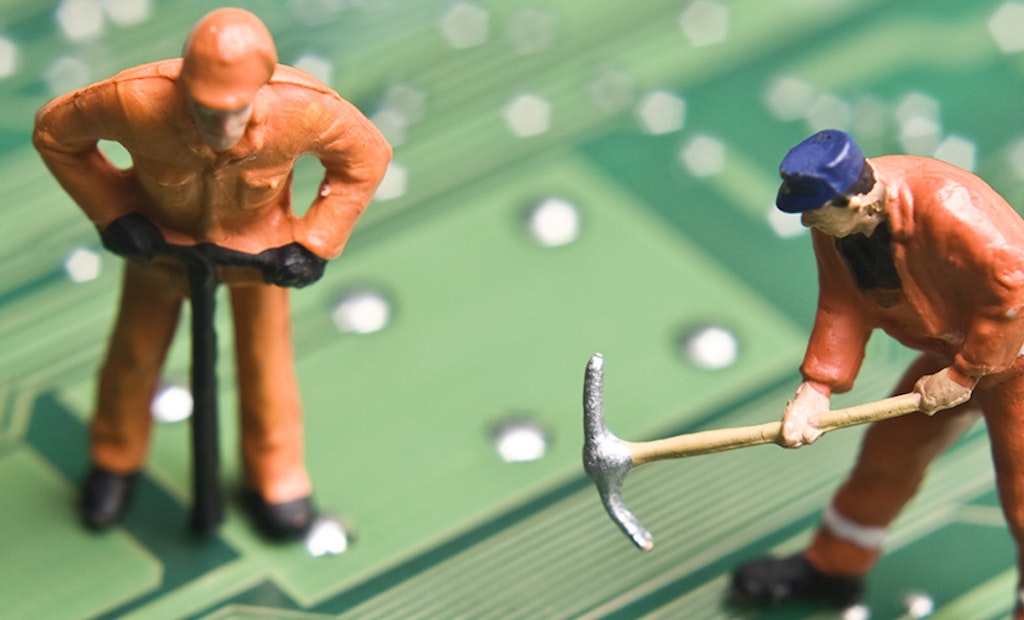When the time comes to update assets and related processes, the path forward can be daunting; however, systems integration makes it easier. By extending the life of pre-existing assets through retrofitting digital technology to legacy systems, companies can meet short- and long- term goals related to cost, efficiency and sustainability.
Overhauling the factory: The cost of new technology
However, as expensive as new technology investments are, failing to meet demand opens the door for greater costs: losing to the competition. When legacy technology simply cannot keep up, competitors with technological superiority can capture the market. Unfortunately, catching back up is not always quick, or even feasible. The time spent lagging or “making do” is time other companies spend continuing to grow, increasing the distance between them and less advanced firms.
These technology wars are not always won with big moves, though. It can feel like that as the Amazon Effect pushes down on industries such as manufacturing and logistics. New companies in this setting, that don’t have older systems to overcome, are taking advantage of increased demand and disrupting consumer patterns. As result, an industrial “keeping up with the Joneses” mindset may settle in on legacy players in these markets. However, these new companies, like Amazon, often debut with one key change and progress over time as they build out their technology investments.
Moreover, it is well known that the cost of aging systems can exact a steep toll on reluctant or oblivious enterprises. These tolls are not product-based exclusively, i.e., factory floors slower to manufacture parts than digitized systems. They can also be human-based: inefficient labor results in high costs or highly paid experts with legacy knowledge have an upper hand in negotiations. This latter effect is pertinent to maintenance, an essential part of asset management and reducing costs.
The cost of legacy technology
However, as expensive as new technology investments are, failing to meet demand opens the door for greater costs: losing to competition. When legacy technology simply cannot keep up, competitors with technological superiority can capture the market. Unfortunately, catching back up is not always quick, or even feasible. The time spent lagging or “making do” is time other companies spend continuing to grow, increasing the distance between them and less advanced firms.
These technology wars are not always won with big moves, though. It can feel like that as the Amazon Effect pushes down on industries such as manufacturing and logistics. New companies in this setting, that don’t have older systems to overcome, are taking advantage of increased demand and disrupting consumer patterns. As result, an industrial “keeping up with the Joneses” mindset may settle in on legacy players in these markets. However, these new companies, like Amazon, often debut with one key change and progress over time as they build out their technology investments.
Moreover, it is well known that the cost of aging systems can exact a steep toll on reluctant or oblivious enterprises. These tolls are not product-based exclusively, i.e., factory floors slower to manufacture parts than digitized systems. They can also be human-based: inefficient labor results in high costs or highly paid experts with legacy knowledge have an upper hand in negotiations. This latter effect is pertinent to maintenance, an essential part of asset management and reducing costs.
Retrofitting legacy systems
Replacement, even in parts, is not the answer to updating systems. Systems integration, where new technology adapts older hardware or software to meet current expectations, is how industrial spaces can digitally transform without the costs.
Read Adapting Legacy Systems Part II: Tools for Integration





